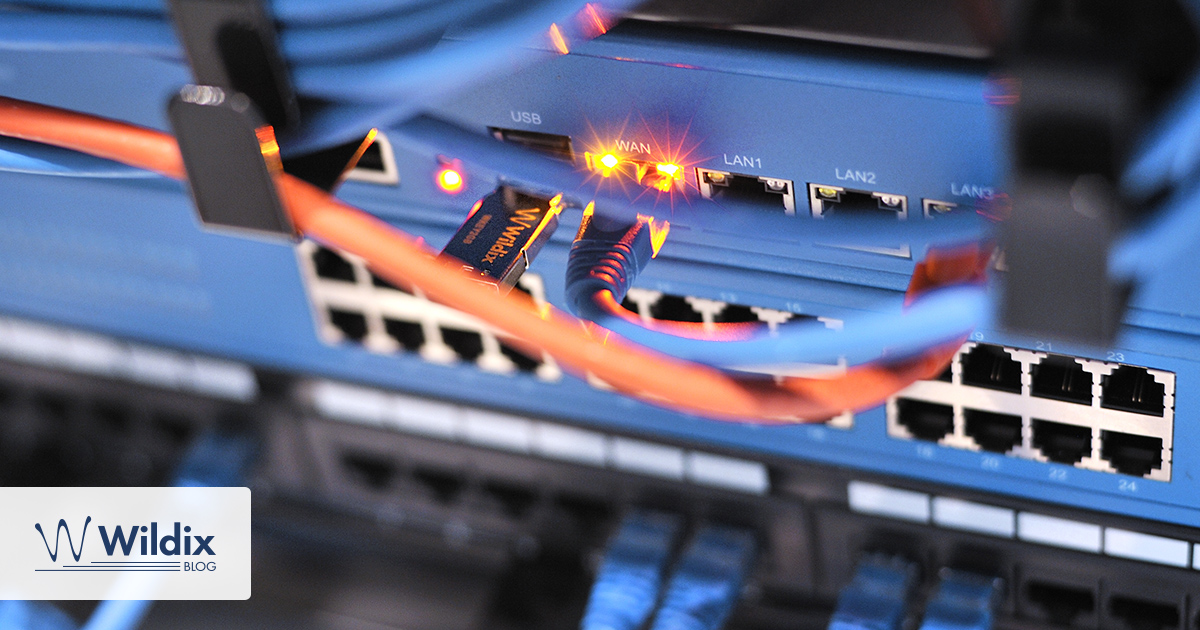
Continue reading “FXO vs. FXS: Differences for Telephony Setups”
From VoIP to Unified Communications and WebRTC

Continue reading “FXO vs. FXS: Differences for Telephony Setups”

FXO and FXS are the ports used by analog phone lines and analog phones and faxes.
These two interfaces are always paired (FXO is always connected to FXS and vice versa).
In telecommunications, FXS and FXO are used to indicate whether VoIP equipment is designed to support analog phones (stations, FXS) and analog lines (office, FXO).
FXS is the port used by analog lines, example: telephone jack on the wall / FXS ports of an analog telephone exchange used to connect analog devices.
To connect analog devices to VoIP PBX, use FXS media gateway (media gateway with FXS port).
FXO is the port used by analog devices, example: FXO port of an analog phone, modem, fax (these devices are often called FXO devices), FXO port of an analog telephone exchange used to connect lines.
FXO media gateway (media gateway with FXO port) is necessary to connect analog line to VoIP PBX.